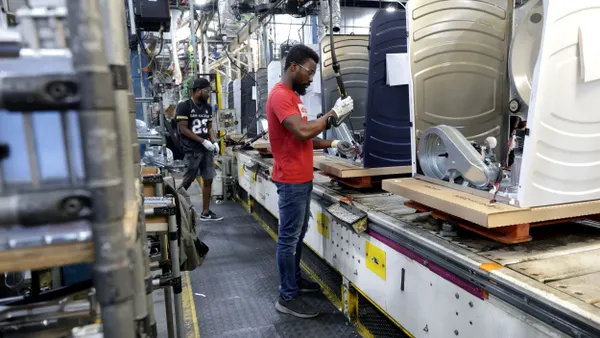Dive Brief:
- Work-life balance and work-life flexibility are very different concepts, and recognizing that difference is critical in managing today’s workforce, according to an article at Talent Management.
- The article says that “balance” implies a 50-50 split, which is not the case in the workplace. In fact, the article notes, a recent Gallup poll indicates that the average workweek has expanded to 47 hours.
- Finally, according to the article, the word balance would indicate that an employee's work and life are separate, but today many people realize that the traditional 9-to-5 workday has become more a 24/7 scenario.
Dive Insight:
The article explains that employers and HR must change, so that rather than encouraging workers to achieve “balance,” it's better to help them achieve greater work-life flexibility and satisfaction.
Some ways to do that include focusing on results and productivity — not hours logged, because the latter often do not reflect productivity. In fact, the article cites research from Stanford University that shows that productivity diminishes significantly for work weeks that are more than 48 hours, and that employees who work beyond that are more likely to make dangerous and costly mistakes.
Another strategy is to build culture of flexibility beause it can attract better talent, reduce turnover and boost productivity, creativity and innovation. That means getting buy-in at all levels from the CEO on down when it comes to the benefits flex work offers. Also, consider which flexibility initiatives are the most practical and will drive satisfaction for your organization, according to the article.
Finally, try different options, including shorter work weeks (four 10-hour days, for example), telecommuting and something called “homing at work,” which means giving employees the flexibility to take care of personal needs while at the office - one of the best ways to improve work-life satisfaction, according to the article.












